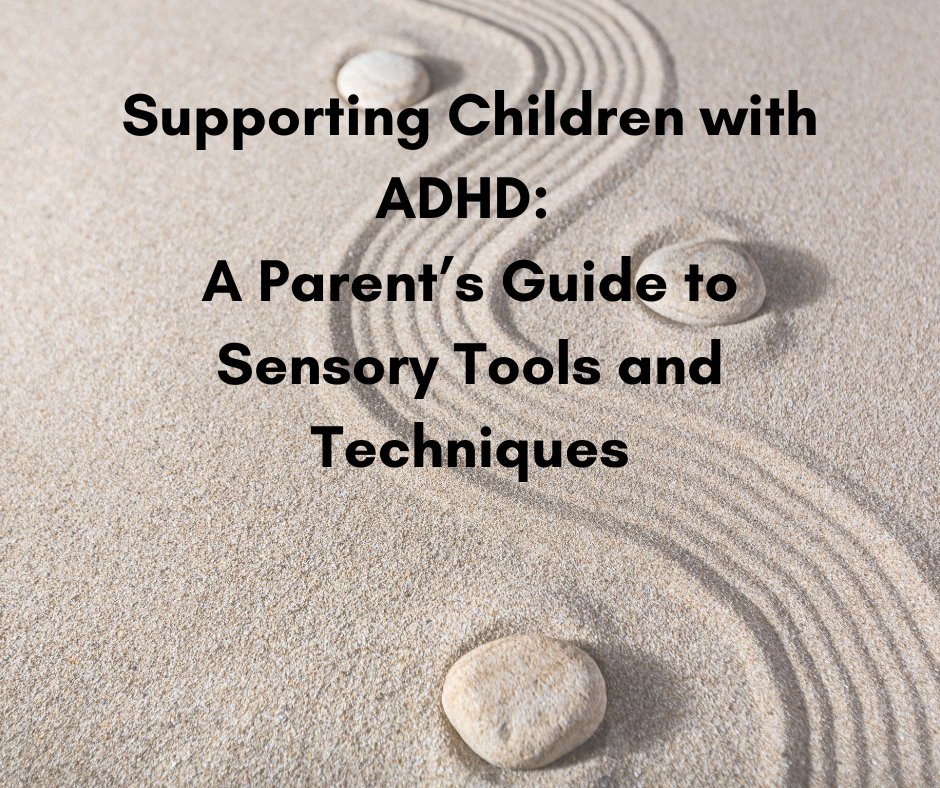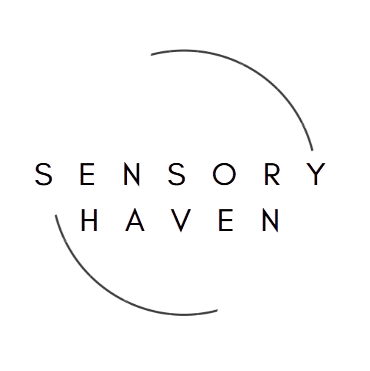
Supporting Children with ADHD: A Parent’s Guide to Sensory Tools and Techniques
Share
As a parent of a child with Attention Deficit Hyperactivity Disorder (ADHD), you are likely familiar with the unique challenges your child faces daily. From difficulty focusing to managing impulsive behaviors, children with ADHD often require extra support to thrive both at home and in school. At Sensory Haven, we believe in the power of sensory tools and thoughtful strategies to help children with ADHD succeed. Here’s how you can help your child with ADHD using sensory tools and other effective techniques.
1. Create a Structured Environment
Children with ADHD often benefit from a structured and predictable environment. Establishing routines for daily activities, such as homework, bedtime, and mealtimes, can help reduce anxiety and improve focus. Use visual schedules or timers to help your child understand what to expect and when, which can make transitions between tasks smoother.
2. Incorporate Sensory Breaks
Sensory breaks are short intervals where your child can engage in activities that provide the sensory input they need. These breaks can help improve focus and reduce restlessness. Tools like fidget toys, weighted lap pads, or sensory balls can be used during these breaks to help your child reset and return to tasks with renewed concentration.
3. Use Sensory Tools to Improve Focus
Children with ADHD often struggle to maintain focus, especially during tasks that require sustained attention. Sensory tools, such as noise-canceling headphones, can help minimize distractions, while tools like fidget spinners or stress balls can provide the tactile input some children need to concentrate better. Introducing these tools during homework or quiet study time can make a significant difference.
4. Promote Physical Activity
Physical activity is an excellent outlet for children with ADHD, helping to burn off excess energy and improve attention. Encourage activities that your child enjoys, such as running, swimming, or cycling. Additionally, activities that incorporate balance and coordination, such as yoga or martial arts, can help enhance focus and self-regulation.
5. Practice Mindfulness and Relaxation Techniques
Mindfulness exercises can be beneficial for children with ADHD, helping them to develop greater self-awareness and control over their thoughts and actions. Simple mindfulness practices, such as deep breathing exercises or guided visualization, can be incorporated into your child’s daily routine. Sensory tools like aromatherapy diffusers or weighted blankets can also support relaxation and reduce anxiety.
6. Create a Sensory-Friendly Study Space
A well-organized and sensory-friendly study space can significantly improve your child’s ability to focus and complete tasks. Choose a quiet area of your home with minimal distractions, and equip it with sensory tools that meet your child’s needs. Consider adding a comfortable chair, soft lighting, and sensory items like stress balls or a weighted blanket to create a calming and productive environment.
7. Encourage Positive Reinforcement
Positive reinforcement is a powerful tool for motivating children with ADHD. Celebrate your child’s successes, no matter how small, and offer praise or rewards for completing tasks or demonstrating self-control. This approach can help build your child’s confidence and reinforce desired behaviors.
8. Work with Educators
Collaboration with your child’s teachers is essential for ensuring that your child receives the support they need in the classroom. Share the strategies and sensory tools that work at home, and discuss how they can be implemented in school. Many schools are open to incorporating sensory breaks, fidget tools, or other accommodations to help children with ADHD succeed.
Conclusion
Supporting a child with ADHD requires patience, understanding, and the right tools. By incorporating sensory tools and strategies into your child’s daily routine, you can help them manage their symptoms and thrive. At Sensory Haven, we’re committed to providing high-quality sensory products designed to support children with ADHD and other sensory processing needs. Explore our collection today and discover how our tools can make a positive difference in your child’s life.
